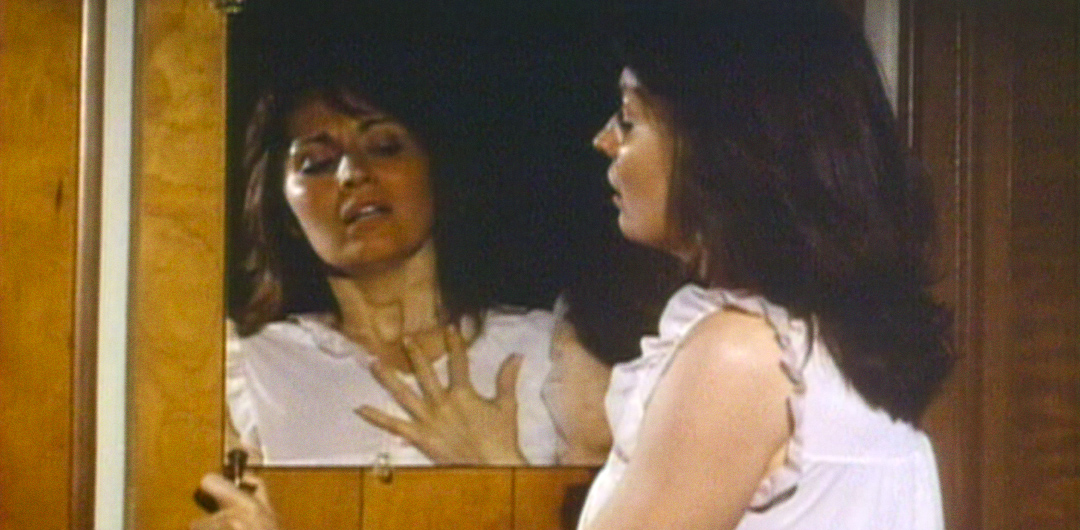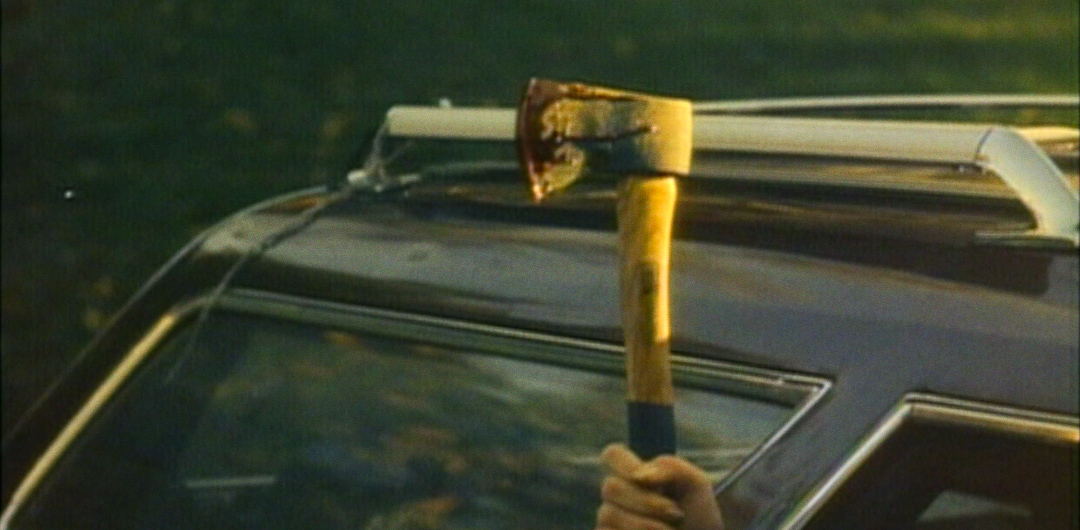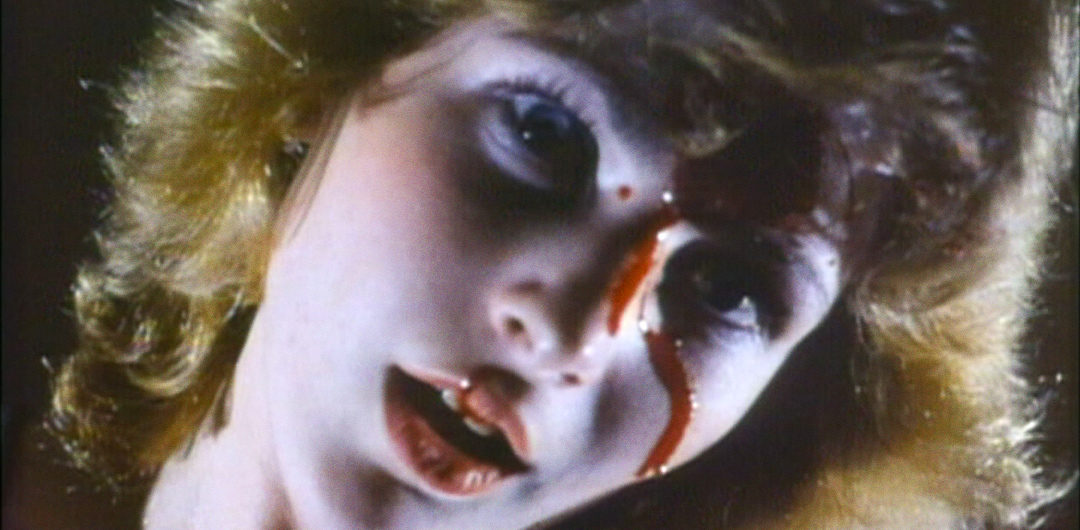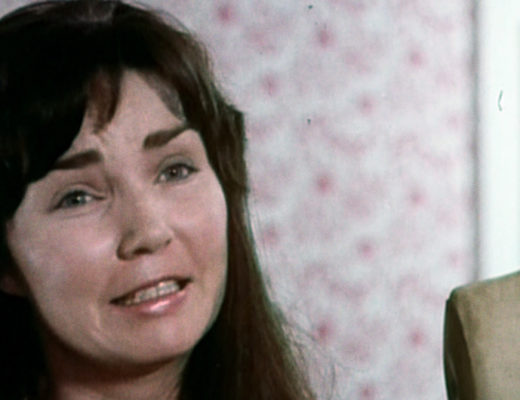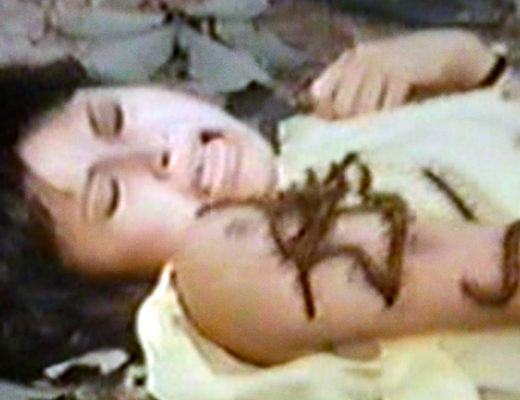Originally published in Bleeding Skull! A 1980s Trash-Horror Odyssey.
Doris Wishman’s gory experiment in necessity isn’t so much a misconstrued slasher as it is a boon to mankind.
In the early 1980s, the horror genre was saturated with cut-rate slasher knock-offs. These were good times. Being the most prolific female exploitation director of all time, Wishman knew a potential moneymaker when she saw it. Attaching her grim, sex-infused take on cinéma vérité to a supernatural slasher template, A Night To Dismember was shot in 1982. Then, something happened. A pissed-off lab worker at Movielab destroyed several negatives in a fit of rage. Forty percent of the completed film was lost. Wishman was forced to compensate. For the next eight months, a film was pieced together with bits from other movies, including alternate takes from The Immoral Three, and new, on-the-cheap footage. I’ll never know the identity of that guy at Movielab, but I owe him a drink. Or three.
Vikki Kent (80s porn star Samantha Fox) comes home after a stint in a mental institution. Ax and knife murders happen and there’s a lot of gore. Some of it is quite uncomfortable and realistic. Some of it isn’t. Story-wise, that’s all there is to it. But this is inconsequential to the entire experience of the film itself, which is beyond words.
Did Psyched By The 4-D Witch and .357 Magnum make you feel like you were sitting on your own head while watching? Amateurs. A Night To Dismember ignores the notion of linear story telling and any semblance of continuity. In doing so, it pretty much forges a genre of its own. Incoherent. Perverted. Exhausting. The pace moves like a bullet, loosely throwing together erratic violence and dreamy visuals with the collage aesthetic of an early Guided By Voices record. Hairstyles change in nearly every scene. Soundtrack cues comprised of Jazzercise schlock, public domain spooks, and wailing 80s shit-rock overlap. Footage repeats itself often. Dialogue is dubbed in the “Wishman Style,” which means that we hear voices, but don’t see mouths moving. Or, we hear voices while the camera focuses on an ashtray. The sounds of doors closing and cars revving are supplied by sound effects LPs or Doris’ own mouth. All of the violence is snail-paced and soft, possibly because no one wanted to hurt themselves with the real knives and axes that were in their hands. As for Wishman’s visual trademarks? Save for a few shots, feet are curiously absent, but the tacky, claustrophobic locales remain. She also throws in some random psychedelic sex that looks like it was pulled from an alternate version of Another Day, Another Man.
Beyond the sleaze, A Night To Dismember is an essential example of resourceful trash filmmaking. And, along with Double Agent 73, it’s the film that most defines Doris Wishman’s career. Her insane shortcuts channel H.G. Lewis’ gore and Robert Breer’s experimentation, and combines them with a childlike naivety. This equals a cinematic experience that trumps most any other. You’ll never be bored.
